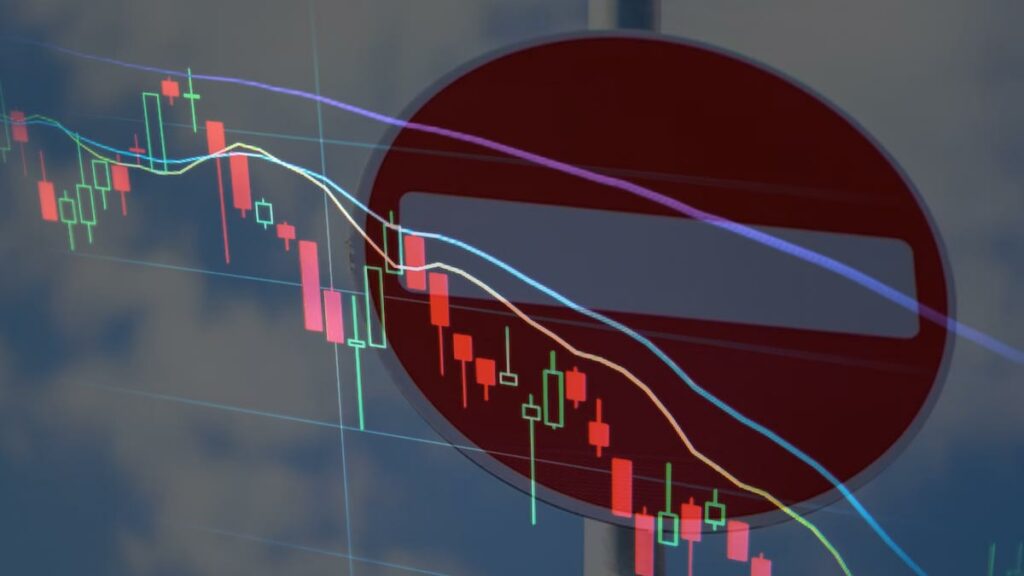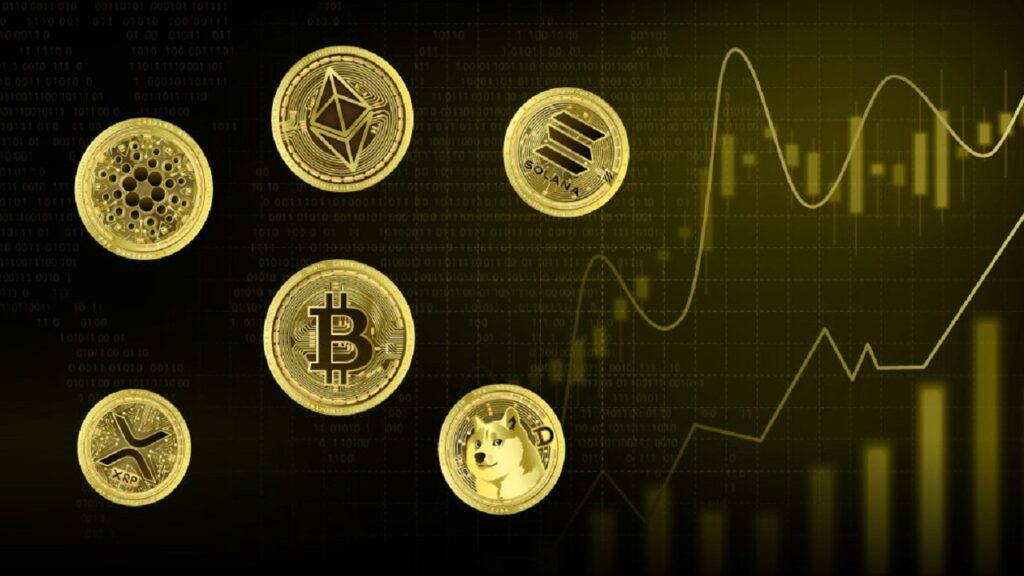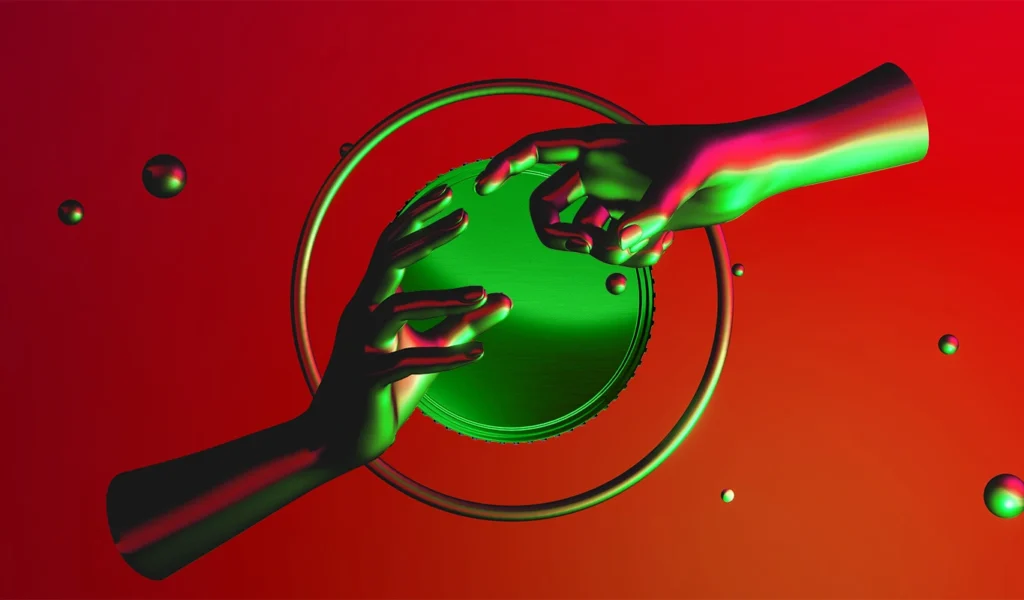When the decentralized marketplace Storeum launched its own new altcoin project in July 2019, the STO token soon caught the attention of traders: the STO price rose from a few cents to an all-time high of $35 in March 2020. Later, it was back under $1. Many similar cryptocurrencies have been created over the years. Now many of them are in the “crypto graveyard”. Here are the details…
Almost 1,000 cryptocurrencies disappeared
Storeum has been mostly quiet since March 2020. The website is no longer down and their social media accounts are disabled. The token technically still exists in the form of a “zombie” as a contract on the Ethereum Blockchain. This year, the STO took another step towards oblivion: It disappeared from data site CoinGecko, which lists nearly 13,000 cryptocurrencies still considered to be somehow viable.
CoinGecko officials did not confirm exactly when Storeum was disabled from its website. However, a cursory search using the Wayback Machine, which archives websites from previous dates, shows that a Storeum token page is still active as of early 2022. Now, typing Storeum in CoinGecko’s search bar yields no results.
During the crypto bull market of recent years, the number of cryptocurrencies seemed to be constantly increasing, roughly quadrupling from 2019 to early 2022, according to data from the Statista website. Since peaking at 10,397 in February 2022, the number has dropped by nearly 1,000. This is the biggest drop in the volatile history of the 13-year crypto industry.

More than 8,000 new cryptocurrencies hit the market in 2021
“It is relatively simple for one to create a token,” said Riyad Carey, research analyst at crypto data firm Kaiko. “But these tokens have the potential to lose interest extremely quickly,” he said. Just as the STO came during an earlier crypto bull market cycle, a pile of tokens emerged last year when Bitcoin (BTC), the oldest and largest cryptocurrency by market capitalization and often seen as the industry pioneer, hit a record high of $69,000.
According to CoinGecko, which uses a different methodology than Statista, more than 8,000 cryptocurrencies were newly listed in 2021. But about 3,300 of them, or roughly 41 percent, were disabled and delisted. Julia Ng, growth marketing at CoinGecko, used the following statements in a recent analysis:
During this period, many cryptocurrency projects, tokens and coins with little or no value and any immediate or discernible purpose were launched by various anonymous developers. Few were truly committed to their projects, which resulted in a high rate of failure and thus ultimately perished.

Number of failed altcoins higher in last two years
The overall crypto market value has dropped from an all-time high of $3 trillion in November 2021 to around $850 billion now. cryptocoin.com As we reported, Bitcoin’s price dropped 66 percent last year and Ethereum (ETH) fell 71 percent. According to CoinGecko’s methodology, tokens may be removed from the site due to the absence of any discernible trading activity in the past two months. The project is being removed from the platform even if it is considered a “rug pull” or other scam. Apart from this, there may be a request for deactivation of the project.
Kaiko’s Carey estimates that the number of failed tokens could be “significantly higher in the last two years” due to the explosion in the number of ERC-20 tokens, a type that is easy to print and runs on the Ethereum blockchain, in 2017. “It is relatively simple for someone to create a pool of liquidity on a token and its associated decentralized exchange (DEX),” Carey said. “If no one is providing liquidity, there will be little or no trading volume,” he added.

Dead coins point to a paradox in the crypto space
According to Kim Grauer, Director of Research at Chainalysis, in addition to losing interest from buyers, some token failures can be attributed to fraud. He pointed to the scam scheme referred to as “rug-pull” in the jargon of crypto traders. Rug pull “involves creating a token, funding the liquidity pool, and then extracting all the liquidity.” As with Storeum, the contract behind the token remains on the Blockchain. The data is still there for generations to come, even when the token is dormant and long forgotten. Etherscan shows that no transactions have been made for this altcoin for 231 days.
A warning notice on the Etherscan page reads “Warning! There are reports of this token using a fake team profile on their website. Please be careful when interacting with this token.” At one point in 2019, there was talk on the bitcointalk.org forum that the Storeum project might be “a hoax.” Chainalysis’s Grauer said it was “hard for a token to die completely” because the code allows the project to continue without buyers.

According to Kaiko’s Carey, the existence of dead coins points to an important paradox of the crypto industry. Decentralization, often portrayed as a virtue, may be little more than an illusion. Just like rapid growth. “The token generation bar has been significantly lowered in recent years by decentralization,” Carey said. However, “many of the projects depended on one or a few people to provide liquidity and keep the project alive. This is centrality”.
Contact us to be instantly informed about the last minute developments. twitter‘in, Facebookin and InstagramFollow and Telegram and YouTube join our channel!
Risk Disclosure: The articles and articles on Kriptokoin.com do not constitute investment advice. Bitcoin and cryptocurrencies are high-risk assets, and you should do your due diligence and do your own research before investing in these currencies. You can lose some or all of your money by investing in Bitcoin and cryptocurrencies. Remember that your transfers and transactions are at your own risk and any losses that may occur are your responsibility. Cryptokoin.com does not recommend buying or selling any cryptocurrencies or digital assets, nor is Kriptokoin.com an investment advisor. For this reason, Kriptokoin.com and the authors of the articles on the site cannot be held responsible for your investment decisions. Readers should do their own research before taking any action regarding the company, assets or services in this article.
Disclaimer: Advertisements on Kriptokoin.com are carried out through third-party advertising channels. In addition, Kriptokoin.com also includes sponsored articles and press releases on its site. For this reason, advertising links directed from Kriptokoin.com are on the site completely independent of Kriptokoin.com’s approval, and visits and pop-ups directed by advertising links are the responsibility of the user. The advertisements on Kriptokoin.com and the pages directed by the links in the sponsored articles do not bind Kriptokoin.com in any way.
Warning: Citing the news content of Kriptokoin.com and quoting by giving a link is subject to the permission of Kriptokoin.com. No content on the site can be copied, reproduced or published on any platform without permission. Legal action will be taken against those who use the code, design, text, graphics and all other content of Kriptokoin.com in violation of intellectual property law and relevant legislation.
